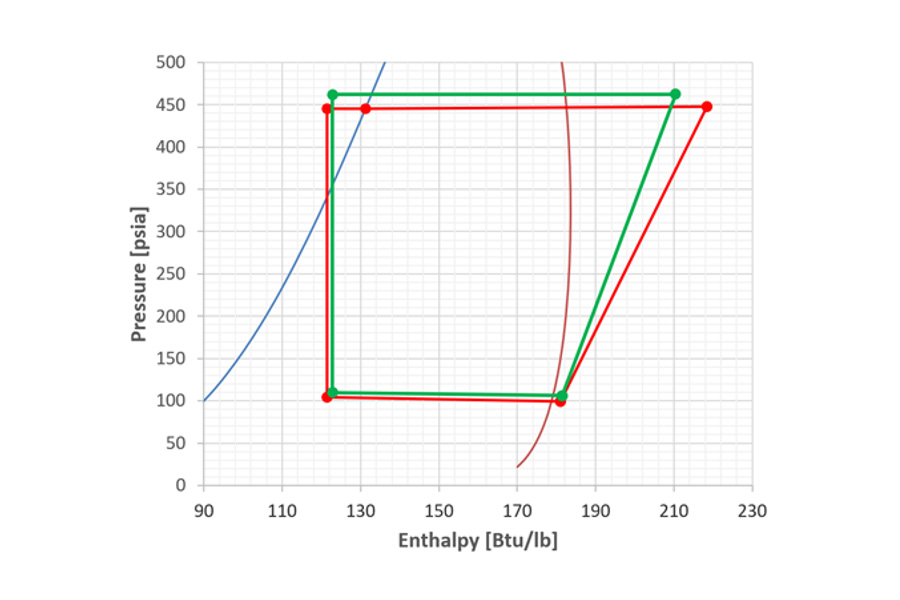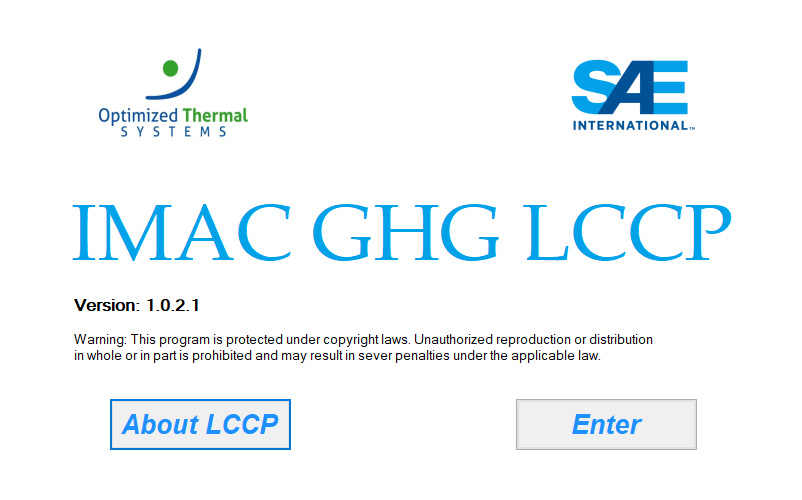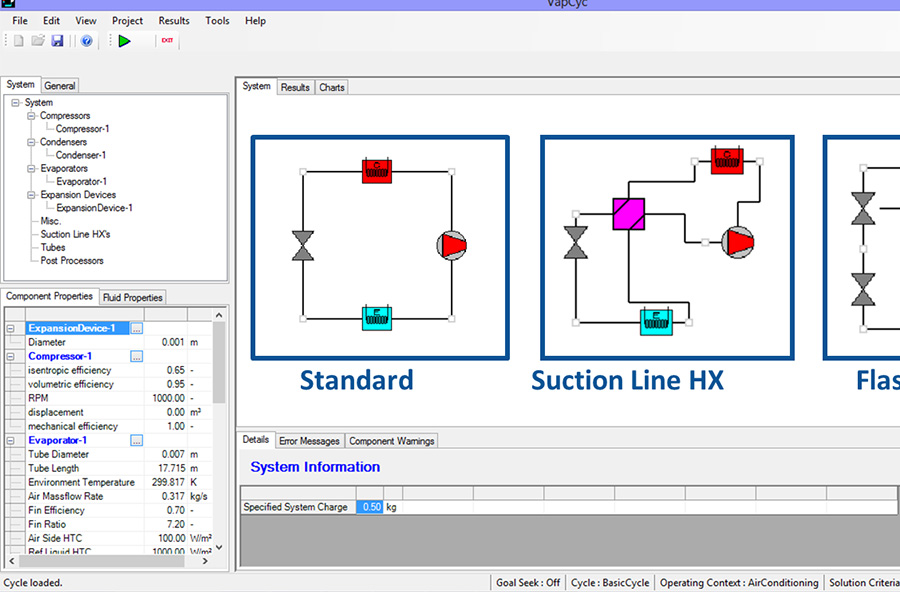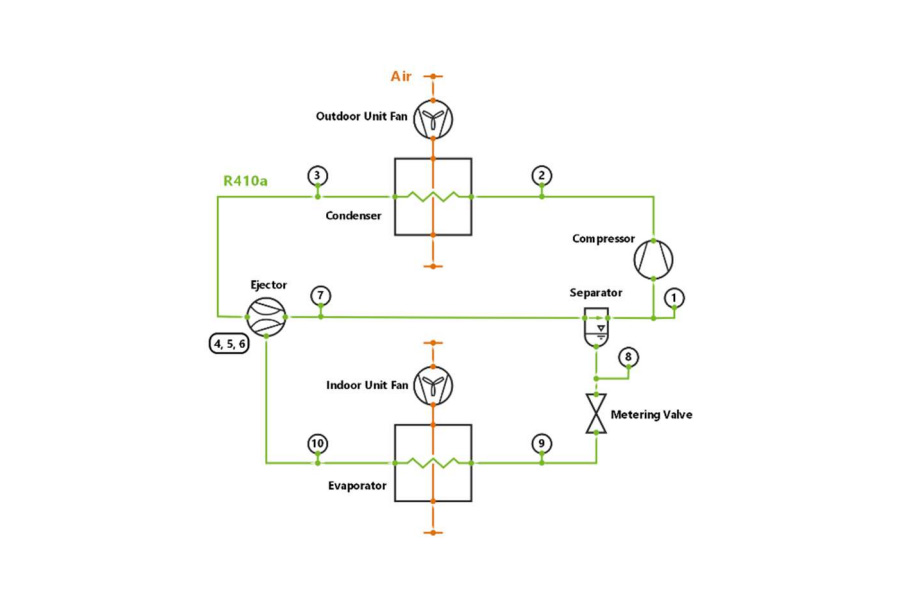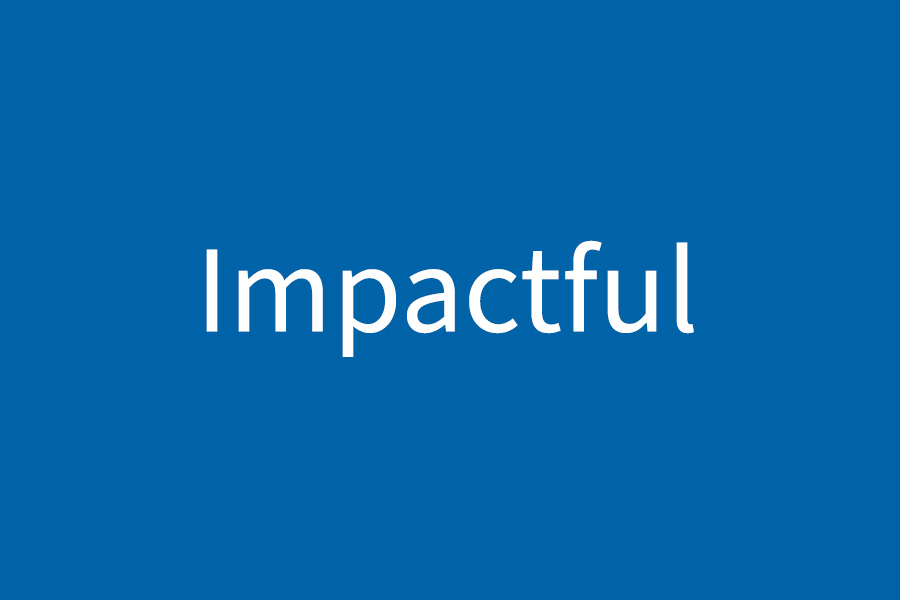Evaluate the impacts of refrigerant selection on component or system performance.
Evaluate direct and indirect emissions for a given refrigerant selection and application to assess the total carbon impact.
Need to transition to a low-GWP solution? Use simulation to understand the impacts of refrigerant selection on system performance and consider multiple viable alternatives.
Design, simulate and analyze vapor compression systems under multiple conditions to understand the impacts on performance. Leverage modeling tools to consider alternate components and find an optimized design.
Evaluate unconventional system designs to understand their behavior and potential to compete with the status quo. Explore component choices for prototype development and future mass production.
“We are very proud to have been part of this project. . . . It was truly a symbiotic experience.”
“This project has been very helpful so far & looks to be very impactful to our future projects.”
“I speak for all us in how appreciative we are of your flexibility, efforts, efficacy, and kindness over the last 6 weeks or so. Not only do we feel that our novel system is validated by the results we saw at OTS, we feel validated as an engineering team. Much of that can be attributed to how well you worked with us. Thank you!”
"I just want to say thank you for sharing these thoughts. These recent emails have been some of the most valuable discussions yet. We’ve come to highly respect OTS R&D knowledge in heat transfer and thermal flows while working with you on this project over the past few months.”

